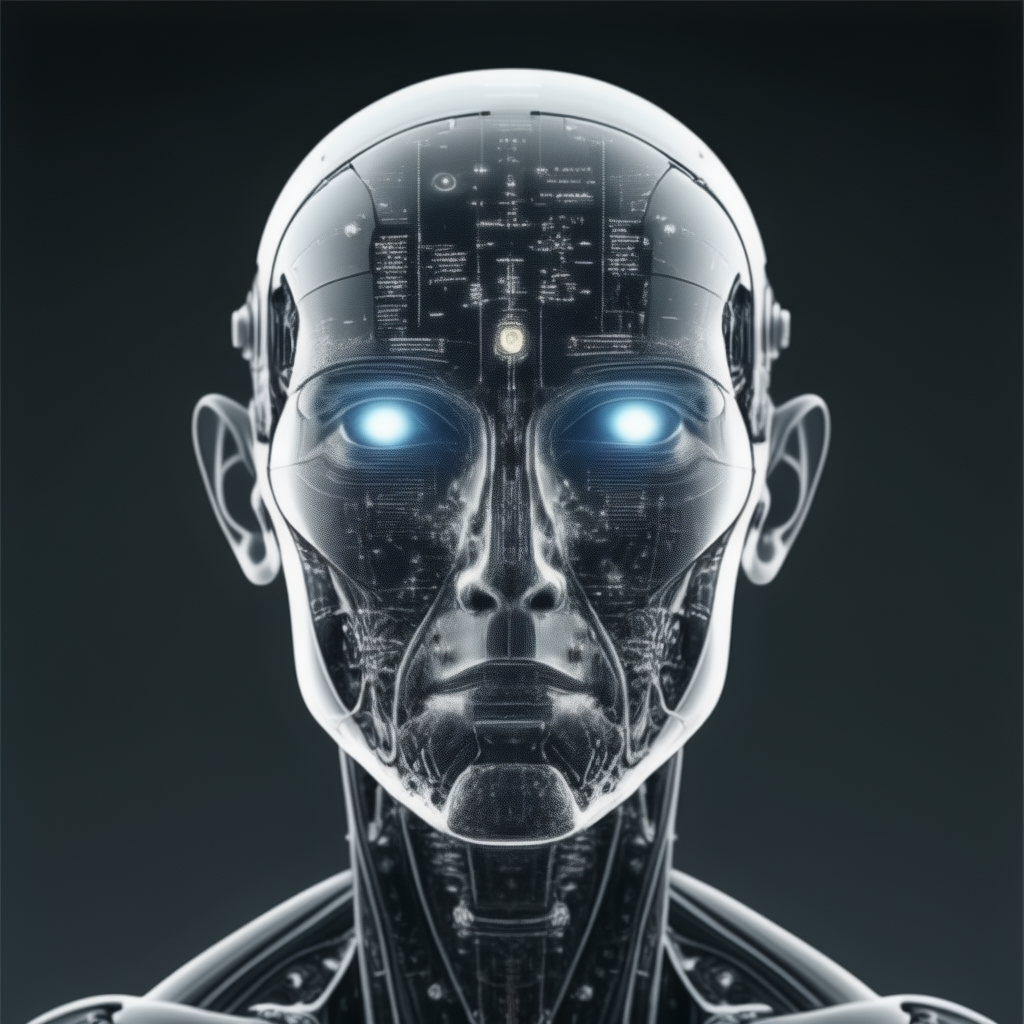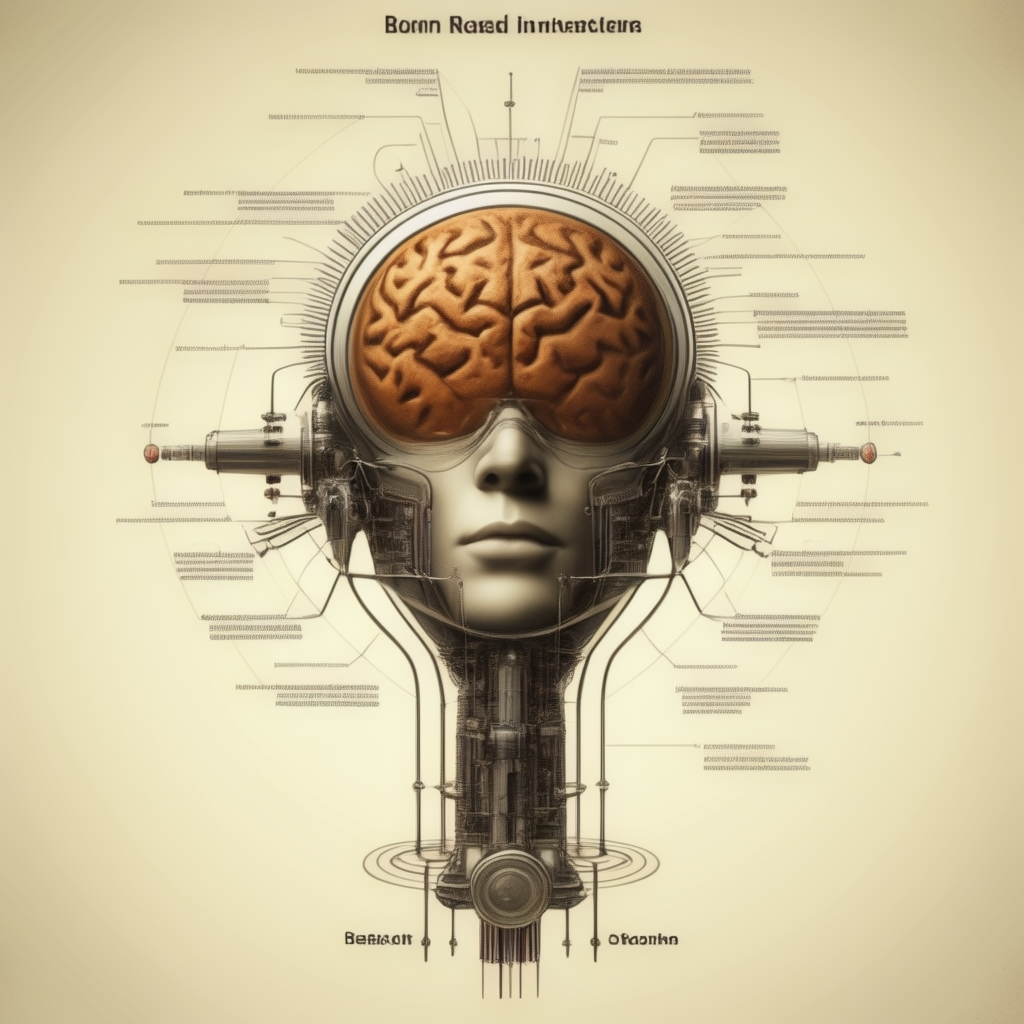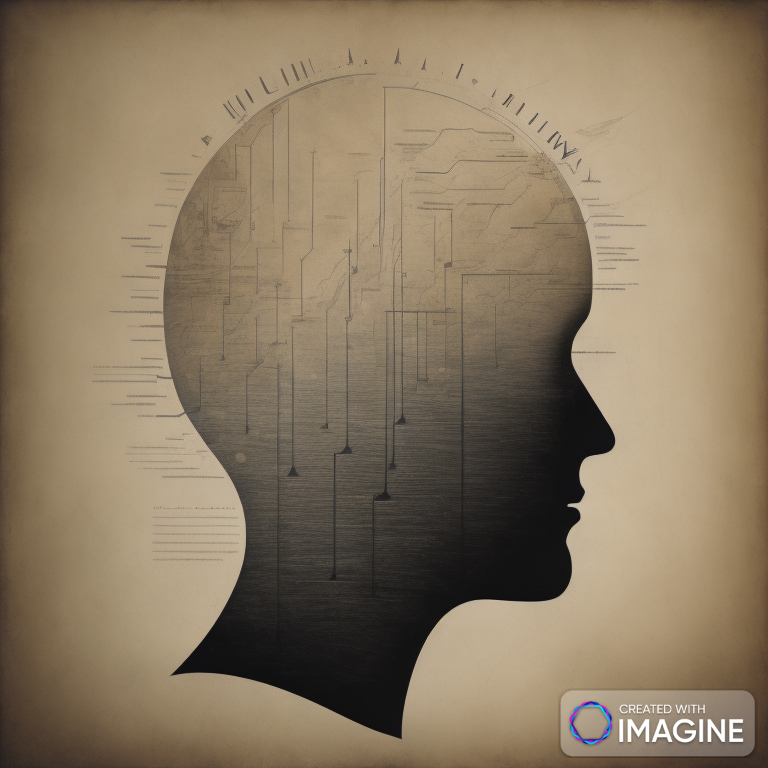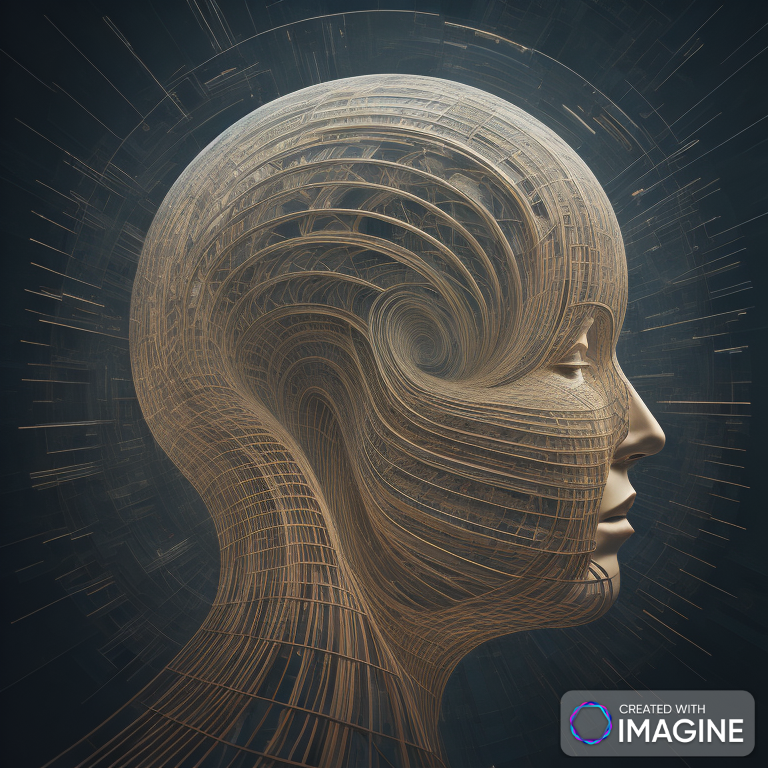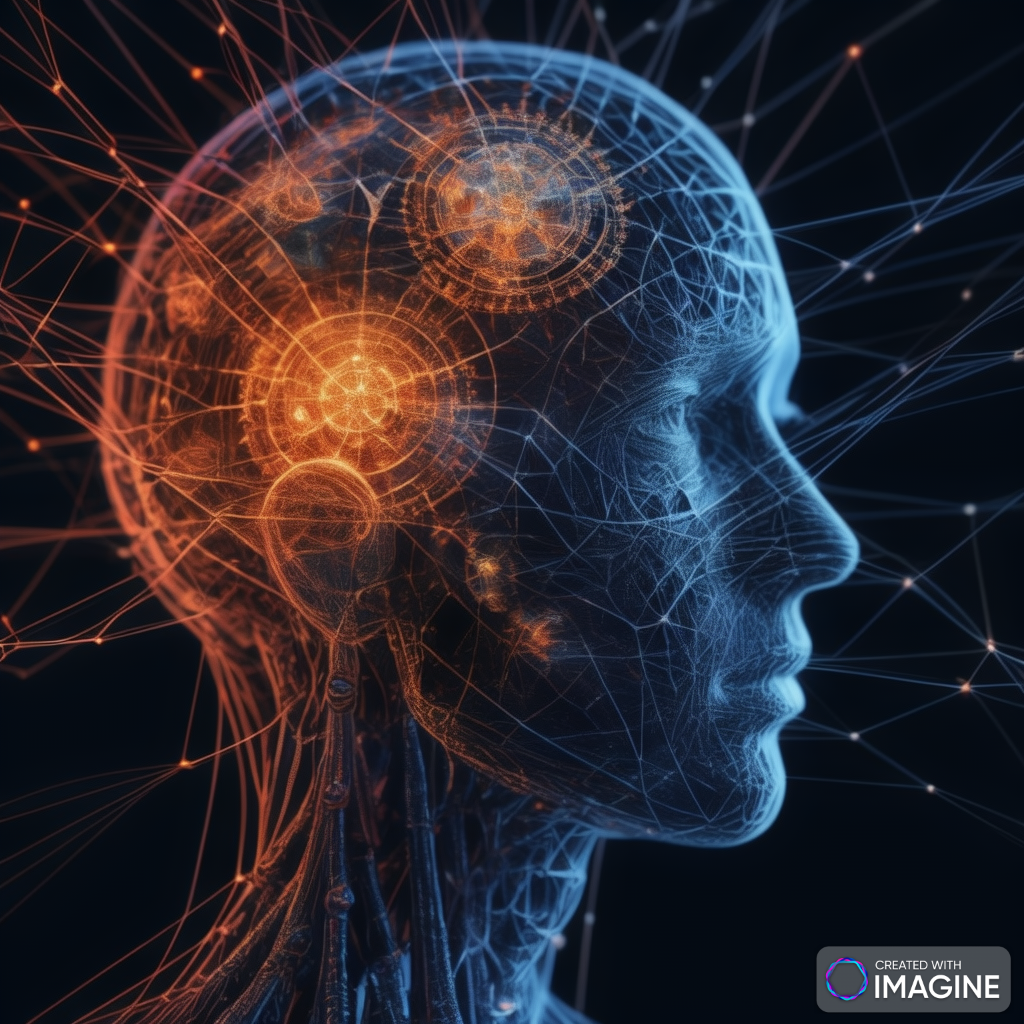In the nascent stages of artificial intelligence (AI), researchers embarked on a bold endeavor to unravel the mysteries of human cognition and replicate its intricacies in machines. This ambitious pursuit sought to equip machines with the ability to comprehend language, formulate abstractions, tackle diverse problem domains traditionally reserved for humans, and even enhance their own capabilities. Let’s delve into the genesis of AI and explore how it has evolved into a transformative force shaping the modern technological landscape.
The Quest for Machine Intelligence:
The origins of AI can be traced back to the mid-20th century when visionary researchers envisioned the creation of machines endowed with human-like intelligence. This endeavor was fueled by the desire to understand and replicate the cognitive abilities that distinguish humans from other beings:
- Language Understanding: One of the earliest goals of AI was to develop systems capable of understanding and generating natural language. Researchers sought to bridge the gap between human communication and machine processing, laying the foundation for advancements in natural language processing (NLP) and conversational AI.
- Abstraction and Concept Formation: Another fundamental aspect of human intelligence is the ability to form abstract concepts and derive meaning from sensory inputs. AI researchers aimed to imbue machines with this capacity, enabling them to recognize patterns, infer relationships, and generalize knowledge across domains.
- Problem-Solving Abilities: AI pioneers set out to create systems capable of solving a wide range of problems, from mathematical puzzles to real-world challenges in areas such as logic, reasoning, and decision-making. This quest led to the development of expert systems, symbolic reasoning techniques, and optimization algorithms.
- Self-Improvement and Adaptation: Beyond mere problem-solving, AI researchers envisioned machines that could learn from experience, adapt to changing environments, and continually improve their performance over time. This vision laid the groundwork for the field of machine learning and the pursuit of artificial general intelligence (AGI).
Evolution of AI:
Over the decades, AI has undergone significant evolution, driven by advances in computational power, algorithmic innovation, and the availability of vast datasets:
- Symbolic AI: In the early days of AI research, symbolic approaches dominated, focusing on the manipulation of abstract symbols and logical inference. Symbolic AI systems were designed to follow explicit rules and reasoning procedures, albeit with limited capabilities in handling uncertainty and ambiguity.
- Connectionist Models: The rise of connectionist models, inspired by neural networks and parallel distributed processing, marked a shift towards more biologically inspired approaches to AI. These models excelled at tasks such as pattern recognition, classification, and sequential processing, laying the groundwork for modern deep learning techniques.
- Machine Learning Revolution: The advent of machine learning heralded a new era in AI, characterized by the ability of algorithms to learn from data and improve their performance through experience. Supervised learning, unsupervised learning, and reinforcement learning emerged as powerful paradigms for training AI systems across a wide range of applications.
- Neural Networks and Deep Learning: Deep learning, fueled by the proliferation of neural network architectures and breakthroughs in training algorithms, has revolutionized AI research. Deep neural networks have demonstrated remarkable capabilities in image recognition, natural language understanding, and complex decision-making tasks, propelling AI into the mainstream.
The Contemporary Landscape:
Today, AI permeates virtually every aspect of modern society, from virtual assistants and recommendation systems to autonomous vehicles and medical diagnostics. As AI technologies continue to mature, they hold the potential to address some of humanity’s most pressing challenges while also raising profound ethical and societal considerations:
- Ethical AI: Ensuring that AI systems uphold ethical principles, fairness, transparency, and accountability is paramount to building trust and mitigating potential harms. Ethical frameworks and regulatory guidelines are essential for guiding the responsible development and deployment of AI technologies.
- Human-AI Collaboration: Rather than replacing humans, AI has the potential to augment human capabilities, enabling symbiotic relationships between humans and machines. Collaborative AI systems that leverage the strengths of both humans and machines can lead to more effective problem-solving and decision-making.
- Continual Innovation: The quest for AI continues unabated, with researchers pushing the boundaries of what is possible and exploring new frontiers in AI research. From explainable AI and interpretable models to quantum computing and neurosymbolic AI, the quest for machine intelligence remains as vibrant and dynamic as ever.
- Knowledge Representation: An essential aspect of artificial intelligence is how knowledge is represented and manipulated within AI systems. Early AI systems relied on symbolic representations and rules-based reasoning to encode knowledge. However, challenges arose in representing complex, ambiguous, and uncertain knowledge effectively. This led to the exploration of alternative approaches such as semantic networks, frames, and ontologies to capture richer and more nuanced representations of knowledge.
- Reasoning and Inference: One of the key objectives of AI research is to develop systems capable of intelligent reasoning and inference. While early symbolic AI systems excelled at logical reasoning within well-defined domains, they struggled with handling uncertainty and real-world complexity. This spurred research into probabilistic reasoning, Bayesian networks, and fuzzy logic to model uncertain and imprecise knowledge and make more robust decisions in uncertain environments.
- Perception and Sensory Processing: Another critical challenge in AI is enabling machines to perceive and interpret sensory information from the environment. This includes tasks such as computer vision, speech recognition, and natural language understanding. Early attempts at perception-focused AI systems relied on handcrafted features and rule-based algorithms. However, recent advancements in deep learning have revolutionized perception tasks by enabling machines to learn directly from raw sensory data, leading to significant breakthroughs in image and speech recognition.
- Learning and Adaptation: Central to the concept of artificial intelligence is the ability of machines to learn from experience and adapt to changing circumstances. Traditional AI systems often required extensive manual programming and domain-specific knowledge, limiting their flexibility and scalability. The advent of machine learning techniques, particularly deep learning, has transformed AI by enabling algorithms to automatically learn patterns and representations from large datasets. This shift towards data-driven learning approaches has fueled rapid progress in areas such as natural language processing, robotics, and autonomous systems.
- Human-AI Interaction: As AI technologies become more pervasive in society, the interaction between humans and machines becomes increasingly important. Human-centered AI design aims to create AI systems that are intuitive, transparent, and capable of understanding and responding to human needs and preferences. This involves designing interfaces, interaction modalities, and feedback mechanisms that facilitate seamless collaboration and communication between humans and AI systems.
- Ethical and Societal Implications: The rapid advancement of AI raises complex ethical and societal questions regarding issues such as privacy, bias, accountability, and job displacement. As AI technologies become more autonomous and pervasive, there is a growing need for ethical guidelines, regulations, and oversight mechanisms to ensure that AI is developed and deployed responsibly. This includes considerations such as algorithmic fairness, transparency, and the equitable distribution of AI benefits and risks across society.
- Interdisciplinary Collaboration: AI research is inherently interdisciplinary, drawing insights and methodologies from fields such as computer science, mathematics, neuroscience, psychology, linguistics, and philosophy. Collaborative efforts across disciplines are essential for tackling the multifaceted challenges of AI and advancing the frontiers of machine intelligence. Interdisciplinary collaboration fosters creativity, innovation, and cross-pollination of ideas, leading to breakthroughs that would not be possible within a single discipline.
- Long-Term Goals and Challenges: Looking ahead, the quest for artificial intelligence encompasses ambitious long-term goals such as achieving artificial general intelligence (AGI) – machines that exhibit human-like intelligence across a wide range of tasks and domains. However, realizing AGI poses formidable technical, ethical, and existential challenges that require sustained research, collaboration, and careful consideration of the societal implications of AI.
By addressing these additional points in detail, we gain a deeper understanding of the complexities, opportunities, and implications of the quest for artificial intelligence. Each aspect contributes to the broader narrative of how AI has evolved, the challenges it faces, and the potential it holds for shaping the future of humanity.
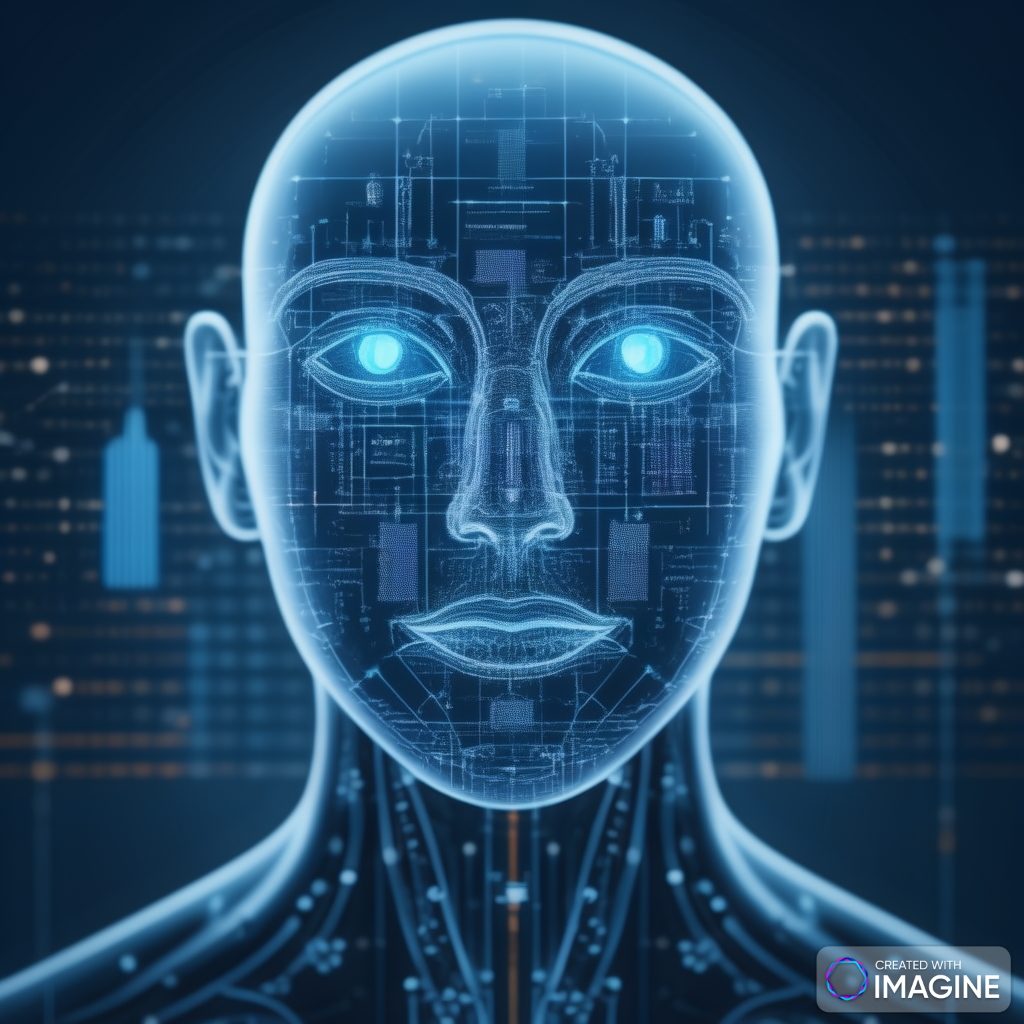 Embodied Intelligence: Beyond traditional approaches that focus on intelligence as a purely cognitive phenomenon, there is growing interest in embodied intelligence – the integration of perception, action, and cognition within a physical body or robotic system. Embodied AI seeks to emulate the rich sensory-motor interactions observed in biological organisms, enabling machines to learn from and interact with their environments in a more human-like manner. This approach holds promise for applications in robotics, autonomous vehicles, and human-robot collaboration, where physical interaction with the environment is essential for intelligent behavior.
Embodied Intelligence: Beyond traditional approaches that focus on intelligence as a purely cognitive phenomenon, there is growing interest in embodied intelligence – the integration of perception, action, and cognition within a physical body or robotic system. Embodied AI seeks to emulate the rich sensory-motor interactions observed in biological organisms, enabling machines to learn from and interact with their environments in a more human-like manner. This approach holds promise for applications in robotics, autonomous vehicles, and human-robot collaboration, where physical interaction with the environment is essential for intelligent behavior.- Explainable AI: As AI systems become more complex and autonomous, there is a growing need for transparency and interpretability in their decision-making processes. Explainable AI (XAI) aims to enhance the transparency of AI algorithms and models, enabling users to understand how decisions are made and why certain outcomes are produced. This is particularly important in high-stakes domains such as healthcare, finance, and criminal justice, where the consequences of AI decisions can have significant real-world implications. Research in XAI encompasses techniques such as model visualization, feature attribution, and causal reasoning, enabling users to trust, verify, and interpret AI systems more effectively.
- Cognitive Architectures: Cognitive architectures are theoretical frameworks that attempt to capture the fundamental principles underlying human cognition and intelligence. Inspired by theories from psychology, neuroscience, and cognitive science, cognitive architectures provide a formal representation of the cognitive processes involved in perception, memory, reasoning, and decision-making. By implementing cognitive architectures in AI systems, researchers aim to emulate human-like intelligence and behavior, enabling machines to exhibit a more nuanced understanding of the world and engage in sophisticated cognitive tasks.
- Neurosymbolic AI: Neurosymbolic AI represents a convergence of symbolic reasoning and neural network-based approaches to AI, bridging the gap between symbolic and sub-symbolic representations of knowledge. This hybrid approach combines the logical reasoning capabilities of symbolic systems with the pattern recognition and learning abilities of neural networks, enabling machines to reason symbolically about complex, uncertain, and relational data. Neurosymbolic AI holds promise for applications such as commonsense reasoning, knowledge representation, and symbolic execution, where symbolic reasoning is essential for high-level cognition.
- Ethical Decision-Making: Ethical decision-making in AI involves integrating ethical principles, values, and norms into the design, development, and deployment of AI systems. This includes considerations such as fairness, accountability, transparency, privacy, and bias mitigation. Ethical AI frameworks and guidelines provide a roadmap for addressing ethical dilemmas and ensuring that AI technologies align with societal values and norms. Ethical decision-making also encompasses the development of AI systems that exhibit moral reasoning and ethical sensitivity, enabling them to make decisions that reflect ethical principles and respect human dignity.
- AI Safety and Security: Ensuring the safety and security of AI systems is paramount to mitigating potential risks and vulnerabilities associated with their deployment. AI safety research focuses on identifying and addressing potential failure modes, unintended consequences, and adversarial attacks that could compromise the reliability and robustness of AI systems. This includes techniques such as robustness testing, adversarial training, and verification and validation methods to enhance the resilience of AI systems against various threats and vulnerabilities.
- Global Collaboration and Governance: The development and deployment of AI technologies require global collaboration and governance frameworks to address shared challenges and ensure responsible innovation. International cooperation on AI standards, norms, and regulations can facilitate knowledge sharing, capacity building, and technology transfer while addressing concerns related to ethics, human rights, and geopolitical tensions. Multistakeholder initiatives involving governments, industry, academia, and civil society are essential for shaping the future trajectory of AI in a manner that promotes global prosperity, equity, and sustainability.
Conclusion: Towards a Future of Intelligent Machines:
The birth of artificial intelligence marked the dawn of a new era in human history, where machines possess the potential to emulate and even surpass human cognitive abilities. While the journey towards achieving true machine intelligence remains ongoing, the progress made thus far is a testament to the ingenuity, perseverance, and collaborative spirit of the AI community. As we navigate the opportunities and challenges presented by AI, let us remain mindful of the ethical, societal, and existential implications of unleashing intelligent machines upon the world. In the quest for artificial intelligence, let us aspire not only to create intelligent machines but also to cultivate a future where human and machine intelligence coexist harmoniously for the betterment of humanity.

